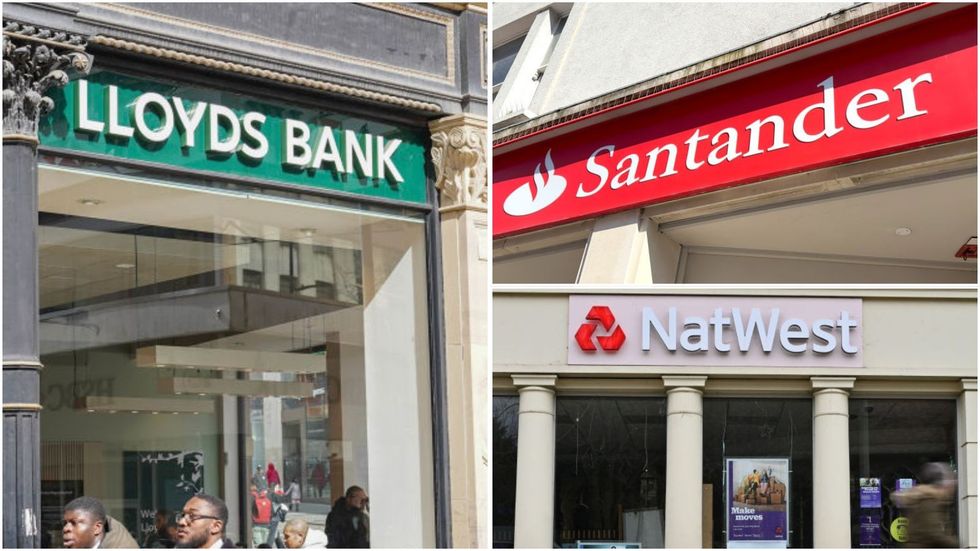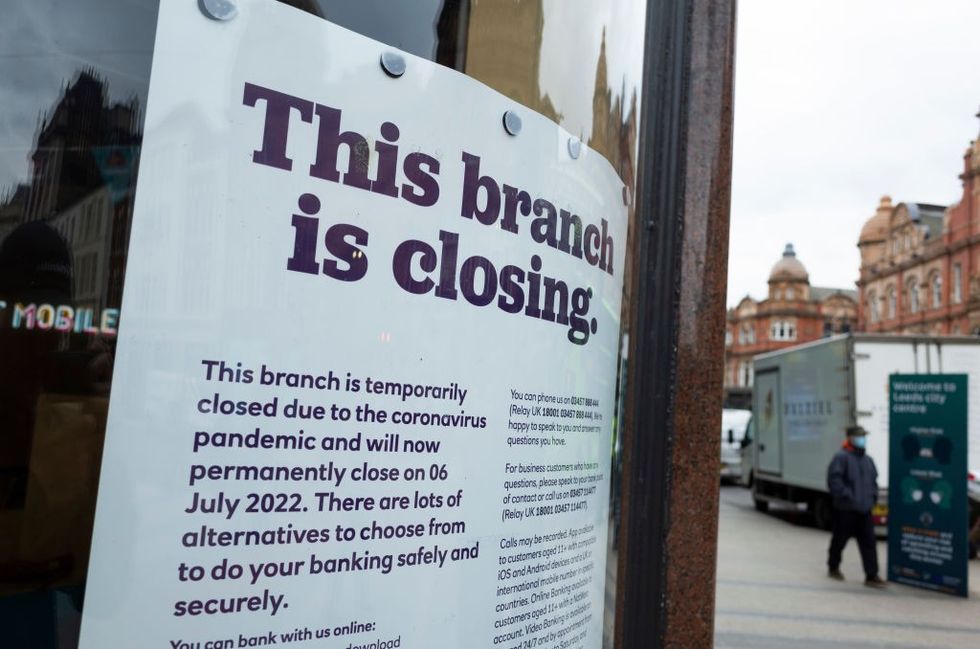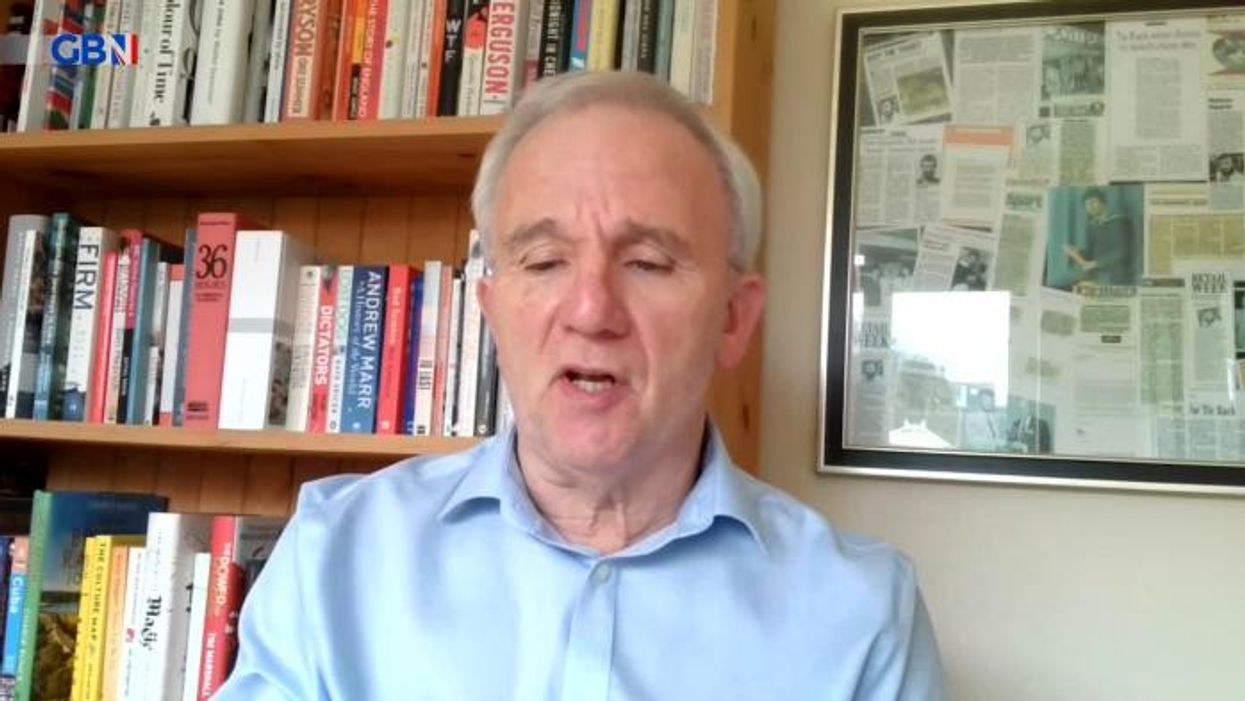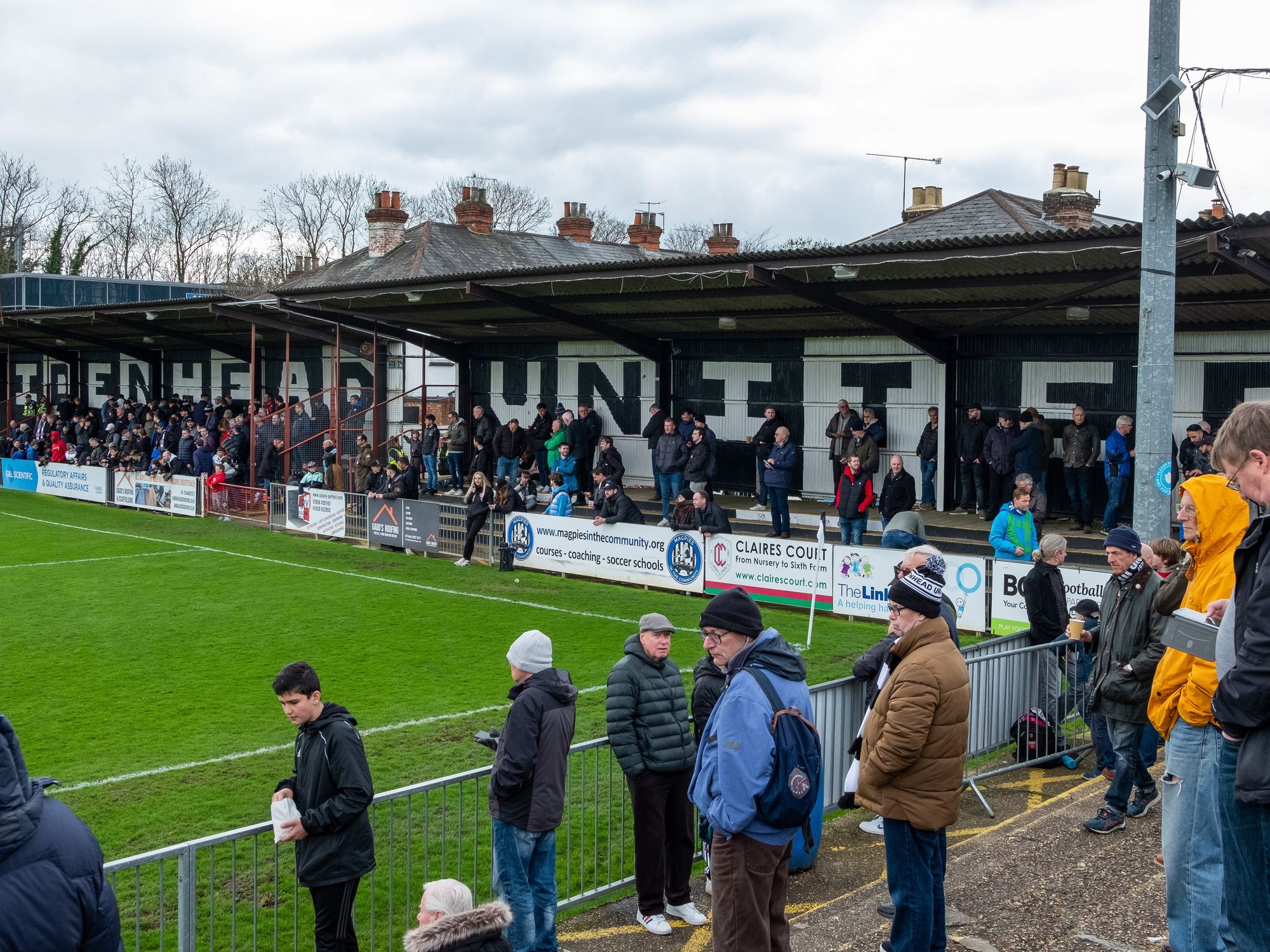Bank branch closures: Lloyds, Santander and more shut down 6,000 locations - which brand has axed the most sites?

Lloyds, Santander and NatWest are among the high street banks to announce branch closures in recent years
Don't Miss
Most Read
Bank branch closures are continuing to sweep Britain's high streets with 6,000 locations shutting down since 2015.
Research carried out by Which? has shone light on the extent to how banking services in the UK have changed in just less than 10 years - but which bank has shut down the most branches?
Among the financial institutions that have slashed branch numbers are Lloyds Bank, Santander, Barclays, NatWest, HSBC, Royal Bank of Scotland, TSB, Virgin Money, Halifax and The Co-Operative Bank.
High street banks have cited the changing consumer behaviour as to why locations have been forced to close down in recent years.
However, critics have warned communities are at risk of having less than sufficient access to cash services due to this trend.
Recently, Which? warned three million Britons could be left without access to cash due to the "alarming" trend of bank branch closures.
Do you have a money story you’d like to share? Get in touch by emailing money@gbnews.uk.

Bank branch closures have hit 6,000 since 2015, according to Which?
|GETTY
Here is a full list of the 10 biggest high street banks in the country with the number of sites each one has shut down, according to the consumer watchdog's analysis:
- Barclays - 1,199 branches axed
- NatWest - 854 branches axed
- Lloyds - 747 branches axed
- HSBC - 743 branches axed
- Santander - 477 branches axed
- Royal Bank of Scotland - 453 branches axed
- TSB - 423 branches axed
- Virgin Money - 277 branches axed
- Halifax - 241 branches axed
- The Co-Operative Bank - 170 branches axed.
Under new powers given to the Financial Conduct Authority (FCA), high street banks are under greater scrutiny when it comes to any branch closure decisions.
While the regulator is unable to stop sites from shutting down, banks such as NatWest and Santander will have to defend their reasoning if they choose to withdraw services from an area.
Some of the country's biggest financial institutions have offered services to communities affected by closures through banking hubs.
Furthermore, Nationwide Building Society has pledged not to leave any town or area without banking services.
A spokesperson for UK Finance, which represents the banking and finance industry, outlined why high street banks are opting to cut their number of branches despite the facing the ire of customers and politicians.
"An ever-increasing number of people are using telephone, mobile and internet banking and fewer people are visiting bank branches on a regular basis," they said.
LATEST DEVELOPMENTS
 Bank branch closures are continuing at an 'alarming rate', according to Which? | GETTY
Bank branch closures are continuing at an 'alarming rate', according to Which? | GETTY "This means banks are having to make difficult decisions about the number of branches they operate.
"A decision to close one is never taken lightly and only happens after an extensive review of its usage and consideration of other options in the local area.
"The banking industry is committed to ensuring there is continued access to cash for those who need it when they need it.
"Significant ongoing investment is being made to deliver this commitment, including shared banking hubs, free ATMs and cashback without purchase."











